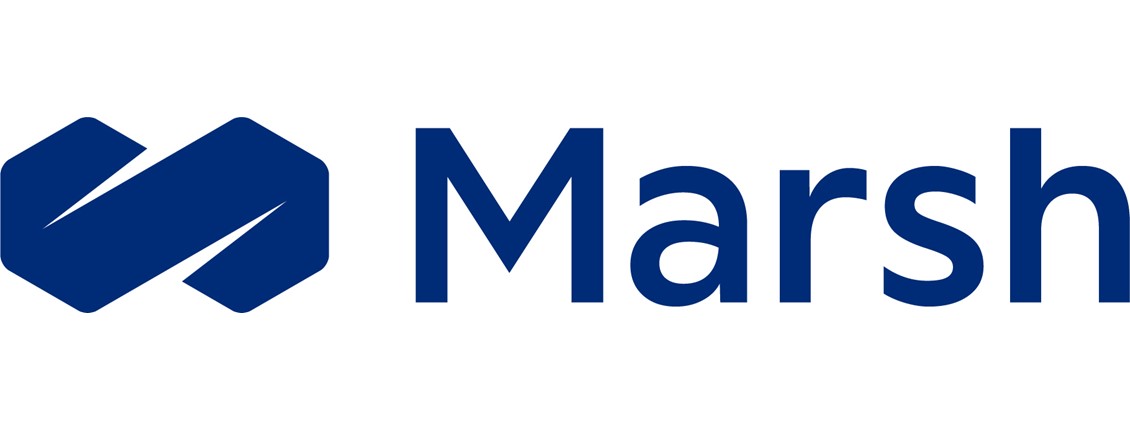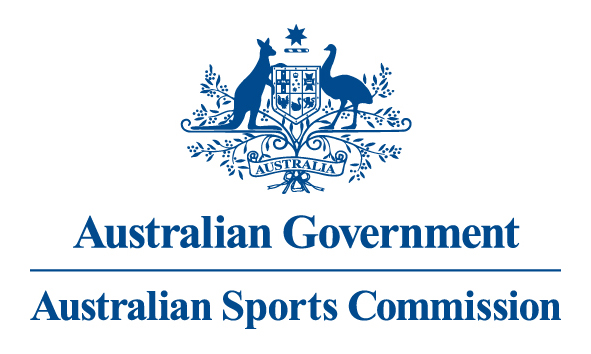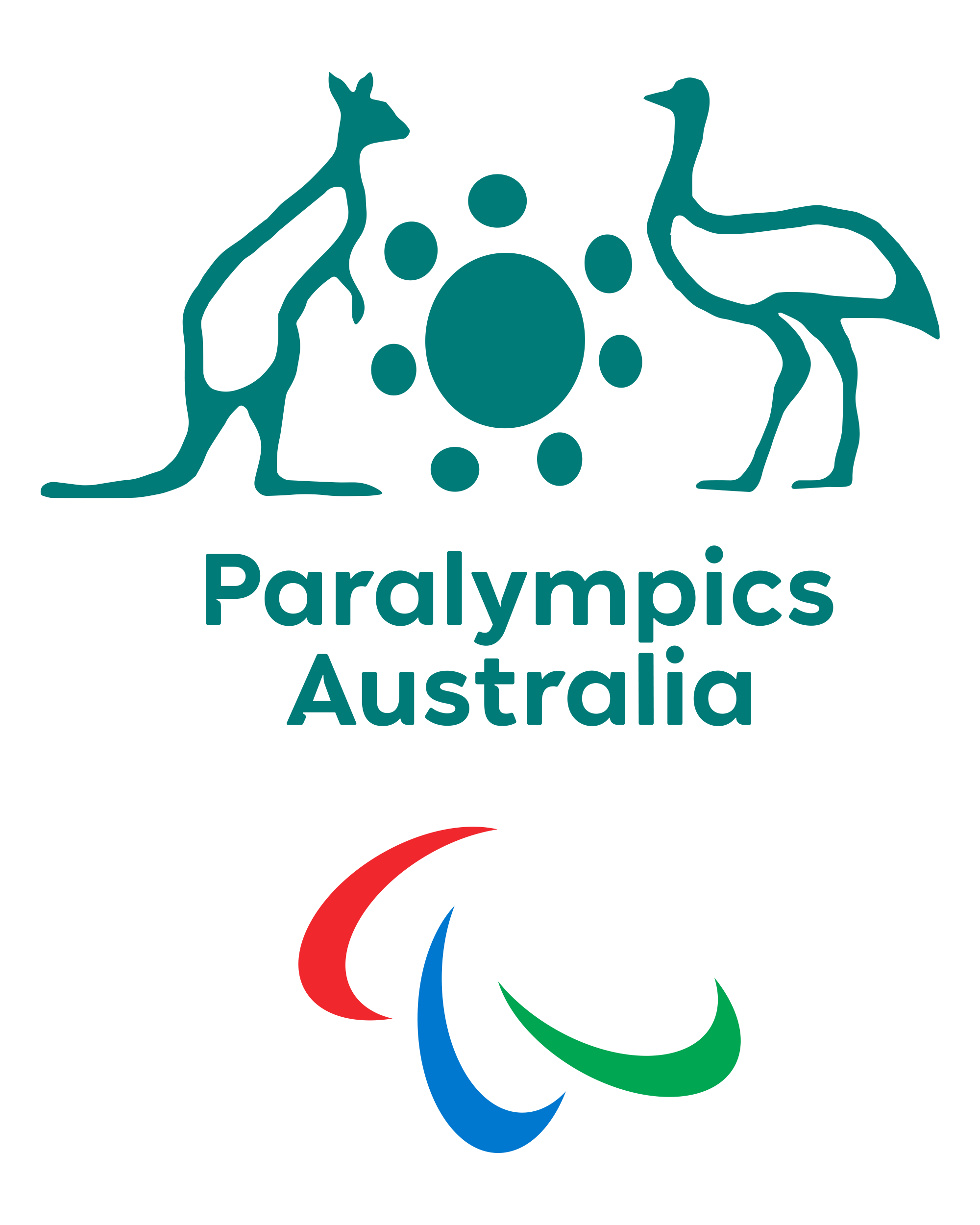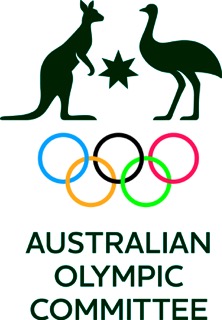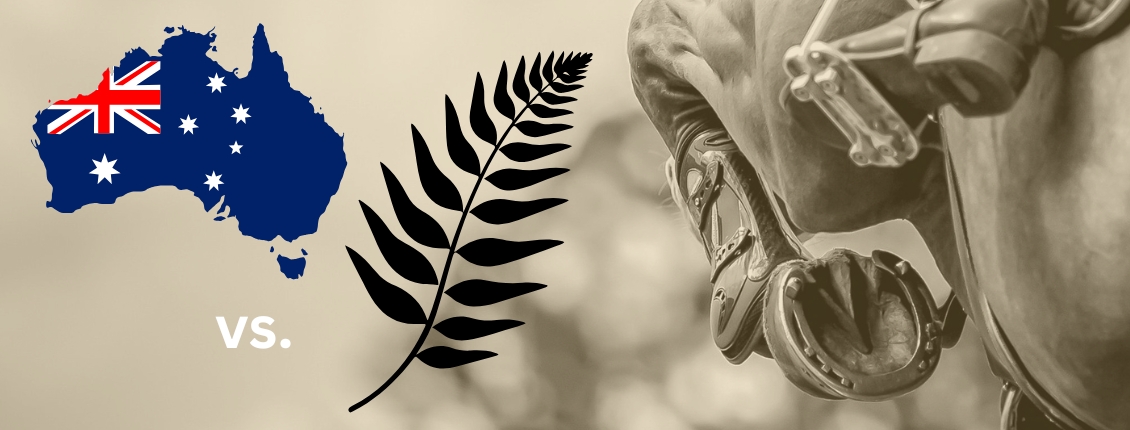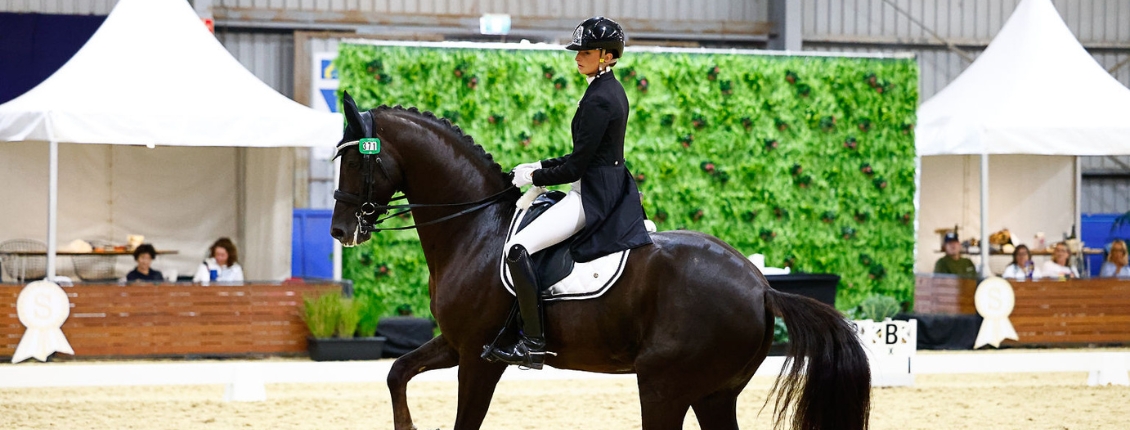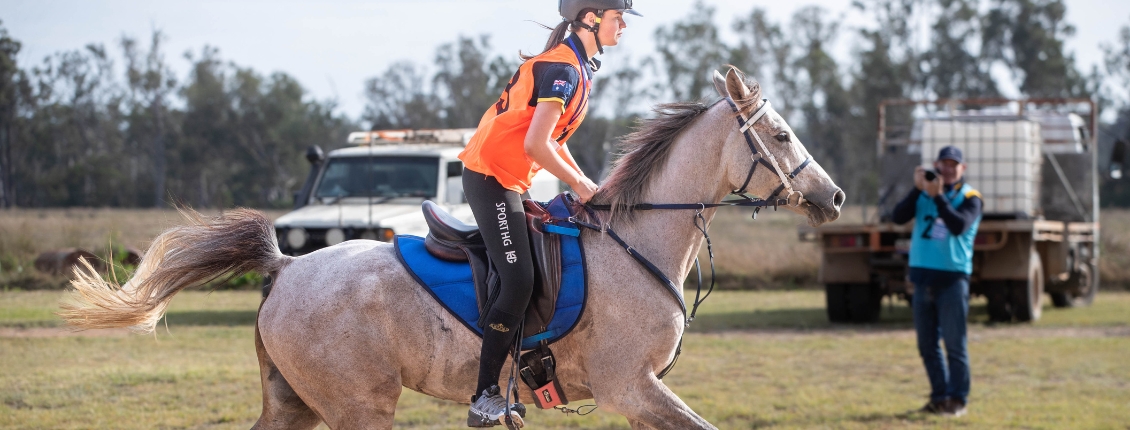Happy hooves happy horse
We have all heard the old proverb “No hoof – No horse” and this statement could not be more accurate for today’s horse. Just like the skin, the appearance and integrity of the hoof is a reflection of the health, environment and nutritional state of the horse. Many performance horses are unable to perform to their potential because hoof problems keep them out of work, limit their workload or reduce performance. Horse owners must work together with their farrier, veterinarian and nutritionist to achieve optimal hoof care and maintain proper hoof function to help reduce the risk of hoof disorders.
Balanced nutrition is the foundation of healthy hooves. It is important to analyse your horse’s current ration to determine if they are receiving a balanced diet, and remember that overfeeding a nutrient can be just as detrimental as underfeeding. Understanding how different nutrients contribute to hoof growth and how balancing diets to supply optimal levels of these nutrients is critical to hoof care.
Energy balance is vital
Energy intake is the most important factor to consider when confronted with bad feet. Meeting a horse’s energy requirements is the first step in ensuring good hoof growth and integrity. A horse receiving inadequate dietary energy (thus in a negative energy balance), will draw on internal protein reserves to make up energy needs for maintenance or growth.
Predominantly protein
The hoof is primarily composed of the protein keratin, which accounts for 93% of the hoof wall. Amino acids are the building blocks of all protein and hence are essential nutrients for proper hoof growth. For this reason, most of the commercially available hoof supplements contain amino acids, specifically methionine, which has been identified as an essential amino acid linked to hoof quality. Although a methionine deficiency of can contribute to poor hoof quality, people often fail to realise that methionine is one of several essential amino acids (including lysine and threonine) contained in the protein of the hoof. Amino acids that are considered essential cannot be synthesised in the body in sufficient quantities to meet the horse’s demand for them. The need for high-quality protein in diets, such as full fat soybean meal, is critical for the provision of these essential amino acids. This is an important consideration for horses on a traditional diet of chaff and oats, which may supply appropriate energy requirements, but is likely to be deficient in many essential amino acids and other nutrients required for healthy hooves.
What about vitamins and minerals?
In addition to energy and protein, a nutritionally sound ration features a full complement of vitamins and minerals. An issue horse owners face with the “hoof healthy” diet is too much emphasis placed on zinc and too little emphasis on the other minerals necessary for metabolism.
There is justification in the importance of zinc, as it is involved in the health and integrity of the hair, skin and hoof, and research suggests that low levels of this mineral may subject horses to hoof problems. Zinc is also important in the synthesis of collagen, keratin and intercellular cementing substances (lipoprotein), as well as immunity and antioxidant activity that protects cell membranes from damage. The form of minerals provided in a diet is significant, as premium feeds will contain chelated minerals. Chelation is a process that binds a mineral to an amino acid, which effectively enhances the absorption of the mineral and makes it more bioavailable. Chelates are described as organic minerals in contrast to inorganic minerals, those that are not bound to amino acids.
In regards to vitamins, biotin (a B vitamin) has become commonplace in feed rooms across the world because of its reputation as an effective hoof supplement. Although the biotin requirement for normal horses is 1-2 mg per day, studies have shown that supplementing the horse with 15- 25 mg of biotin per day can generate a significant improvement on the histological characteristics of the hoof wall tissue. Biotin plays an important role in cell to cell adhesion and therefore strengthens the hoof wall when supplied in adequate quantities. However, biotin cannot work alone and needs several other nutrients to ensure it can do its job, specifically zinc and methionine.
Patience is key
When making changes to the horse’s diet to improve hoof quality and strength, keep in mind that remodelling and subsequent hoof wall improvement happens from the inside out, so it will take about six to nine months for the entire hoof wall to be replaced. Also, supplements that include a combination of biotin, zinc and methionine work better than just biotin or zinc alone. KER Bio- Bloom, a scientifically formulated dual action hoof and coat supplement, provides essential hoof building nutrients and is ideal for use in situations where hoof damage has occurred through injury or laminitis.
Remember, first and foremost, a balanced ration is the easiest approach to maintaining the quality and condition of the horse’s hooves. It is recommended to have your horse’s total ration analysed by an equine nutritionist for any deficiencies that may be contributing to bad feet. Adding a research proven hoof supplement, which incorporates a blend of biotin, chelated zinc, lysine, methionine, iodine, lecithin and soybean meal to your horse’s diet can help supplement the nutrients vital for strong and healthy hooves. KER Bio Bloom ticks all these boxes and as an added bonus will also improve skin and coat condition.
You should always discuss dietary changes with an equine nutritionist and/or your veterinarian if your horse has specific nutritional concerns. For more information or help with formulating your horse’s ration contact Kentucky Equine Research’s FREE nutritional consultation service on 1800 772 198 or email [email protected].

